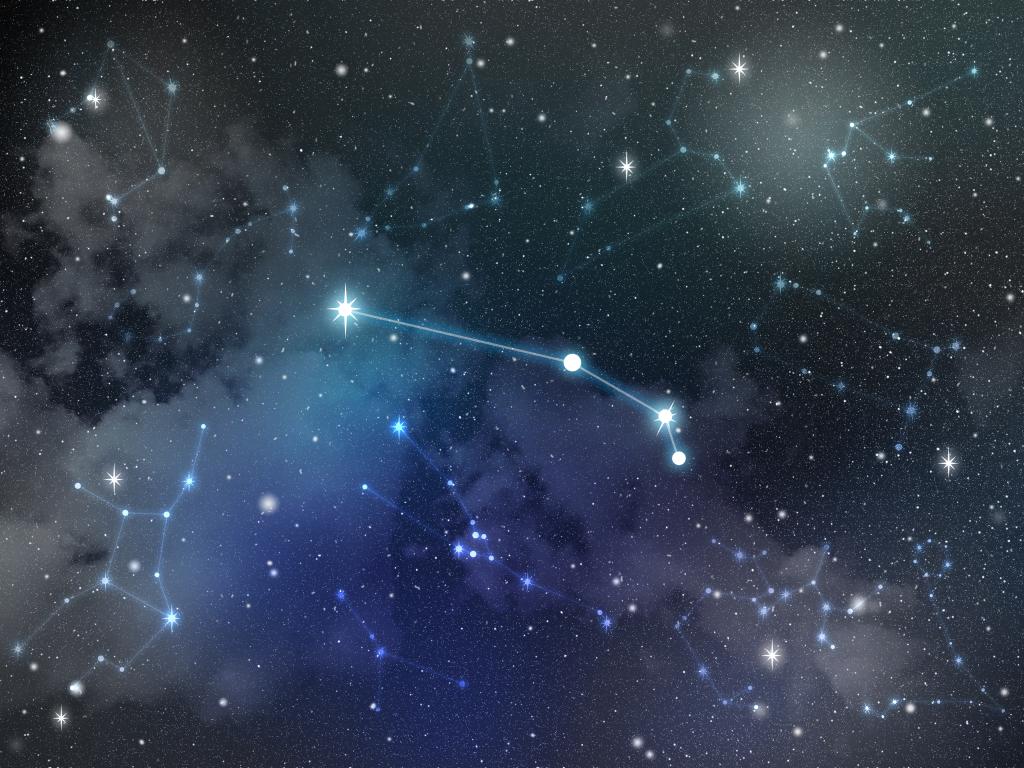The Arietid meteor shower is peaking this week following the new moon in Gemini, typically occurring from late May to mid-June. This year’s shower is expected to produce a high number of meteors, ranging from 60 to 200 per hour. An interesting feature of the Arietids is that they are visible in both hemispheres and are considered a rare daytime meteor shower, making them challenging to observe due to the sun’s brightness. However, pre-dawn meteors, known as earthgrazers, may be visible 45 minutes before sunrise, providing a spectacular show with bright, slow-moving meteors leaving colorful trails.
To make the most of the meteor shower viewing experience, individuals can take advantage of this week’s new moon, which ensures a darker sky for better visibility. To watch the Arietids, look towards the east and observe meteors moving away from the radiant point in the Aries constellation. While June 7 is predicted to be the peak day for viewing the showers, good visibility rates are expected throughout the second week of June. Meteors can be seen moving in various directions, with some even appearing to move vertically in the sky.
Meteors are not actually stars but rather space debris primarily created through asteroid collisions. When these rocks collide with our atmosphere, they create a spectacle in the sky with various colors depending on their chemical composition. For example, meteors with high iron content may appear yellow, while those rich in calcium may produce a purple streak of light. The fiery display of meteors burning up in the atmosphere creates a mesmerizing show for observers on Earth.
The Arietid meteor shower takes its name from the constellation of Aries, where the radiant point is located. In Greek mythology, Aries is associated with a story of the royal twins Phrixus and Helle, who were saved by a winged ram sent by their mother, the cloud nymph Nephele, from their evil stepmother’s plot to sacrifice them. Phrixus sacrificed the ram, which later became the golden fleece of legends, and in gratitude, the ram was placed in the sky as the Aries constellation that is linked to the Arietid meteor showers.
In astrology, the Arietid meteor shower connects to the cardinal fire sign of Aries and its mythological story of courage and sacrifice. Astrologer Reda Wigle explores the influence of planetary configurations on each zodiac sign, incorporating history, poetry, pop culture, and personal experiences into her horoscope readings. By understanding the cosmic alignment during events like meteor showers, individuals can appreciate the celestial beauty and symbolism attributed to these cosmic phenomena.













